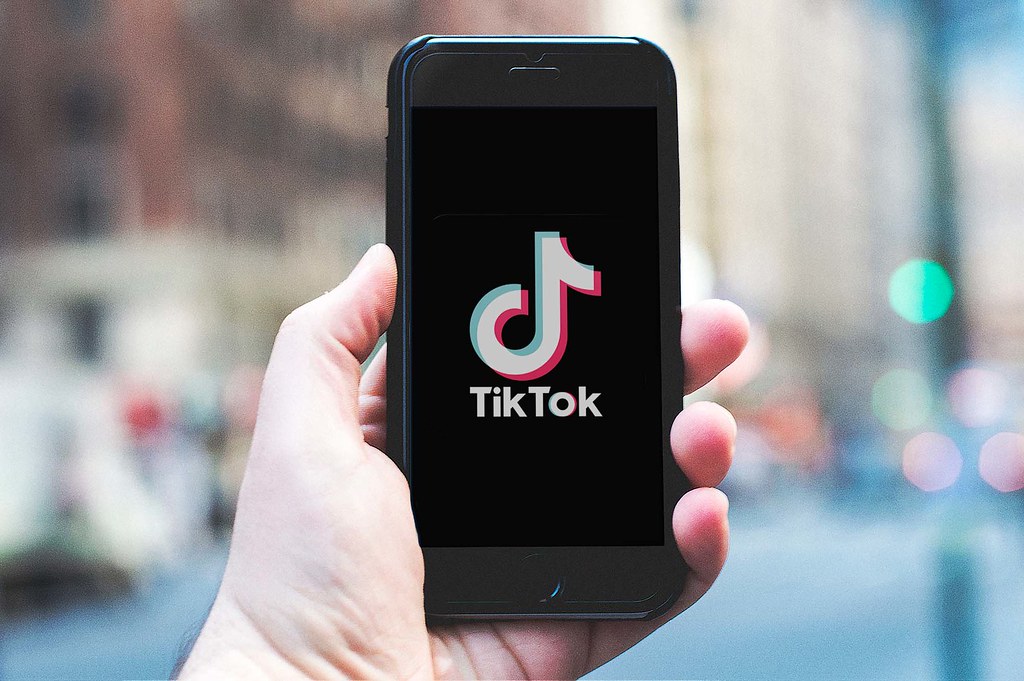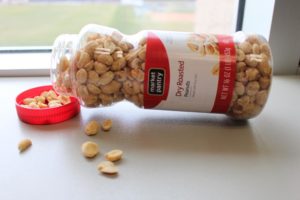Fad Diets May be for the Worst
Certain fad diets have become an increasing trend around the globe, but the real concern is whether they are more beneficial or harmful to your health.
A fad diet is an eating plan that becomes very popular very quickly. These usually become popular because they offer a way to shed those extra pounds, along with having other health benefits that lure many people into trying them. A few examples of these rapidly growing diets are juice cleanses and the Paleo diet. In the past, fad diets like the Atkins diet, South Beach diet, the cabbage soup diet, baby food diet and raw food diet have been very popular.
According to Health Research Funding, certain fad diets can cause people to lose weight very quickly; sometimes up to ten pounds a week. When losing that much weight that fast, there can be adverse side effects on the body, like mood swings and energy drain.
However, there are positive aspects to fad dieting as well. Most of these diet plans include plenty of fruits and vegetables which give a large supply of vitamins and antioxidants.
Juice cleanses have gotten lots of attention in the media saying that they are a great way to drop a few pounds quickly. But what most people don’t know is that they can do more harm to your body than help. This fad diet most commonly lasts about a week, with some variations being longer or shorter. Juice cleanses also vary in the fact of how strict they are; some choose to drink only the juices while some other drink the juices along with a snack or small meal.
One large downside to this diet is the cost. Choosing to make the juice at home is one way to save on this expensive diet, but the juicers themselves range on average from $100 to $200. After purchasing the juicer, you would then have to buy the fresh fruits and vegetables to last a three to four day cleanse.
Another drawback to juice cleanses is the effect that they have to the body. Since juices do not offer much protein, it is difficult to get all the nutrients that you need while you are on the cleanse. According to sports nutrition director at the University of California Davis, Liz Applegate, the lack of calories in the juices can also cause headaches and mood swings.
The purpose, for most people, is to lose weight on a juice cleanse. Because of the lack of calories and food that is consumed on this fad diet it is likely for most people that they will lose a few pounds in a short amount of time. The problem with this kind of weight loss according to Applegate, is that it is mostly water weight and muscle tissue. This is usually gained back quickly after the diet, because it is not a sustainable way to lose weight.
The trendy juice cleanse diet has many factors that should be taken into consideration if you plan to try it. It is a quick way to lose weight, but it is difficult to keep that weight off and can be an expensive choice as well.
Another diet that has become increasingly popular is the Paleo diet. This is short for the Paleolithic diet, and on this diet people eat basic food- like what they would eat in the Paleolithic era. There are many restrictions on this diet, and it requires discipline to follow the suggested guidelines of the diet.
Limiting processed sugar, processed foods and dairy are the primary guidelines of the Paleo diet. This diet is inspired by what humans are “supposed to eat” including fish, meats and many fruits and vegetables. This allows weight loss while not necessarily restricting the amount of food consumption. The low calories and lack of refined sugar in this diet allows people to lose weight, while still eating enough food to not feel hungry.
Like the juice cleanse, it can be made as strict as needed. Some choose to be more relaxed about what they eat on the diet, while others stay strictly to the suggested meal plan. Also, the cost of this diet varies. It will typically be more expensive than a normal trip to the grocery store because the meat and produce sections tend to be more expensive.
This diet is also a popular option for people that have type two diabetes. According to a study done by the University of California San Francisco, people with type two diabetes that have tried the Paleo diet have improved their blood pressure, blood sugar and cholesterol. Nephrologist, Dr. Lynda Frasetto, says that not all carbs are equal, and by cutting out the carbs from cereal grains and taking them from fruits and vegetables instead is better.
Dietician Melissa Dobbins says a problem with this diet is that it does not include eating from all the food groups. The Paleo diet tries to cut out all grains and dairy, making it difficult to eat from those groups. This causes many to think that this diet is not balanced.
Fad diets come and go, and it is important to know which ones can do more harm to the body than actually help. For most, it seems the ones that are the most beneficial include eating a balanced diets. The ones that get the most bad attention are ones like juice cleanses and the cabbage soup diet that restrict people to eating a few specific things.























































